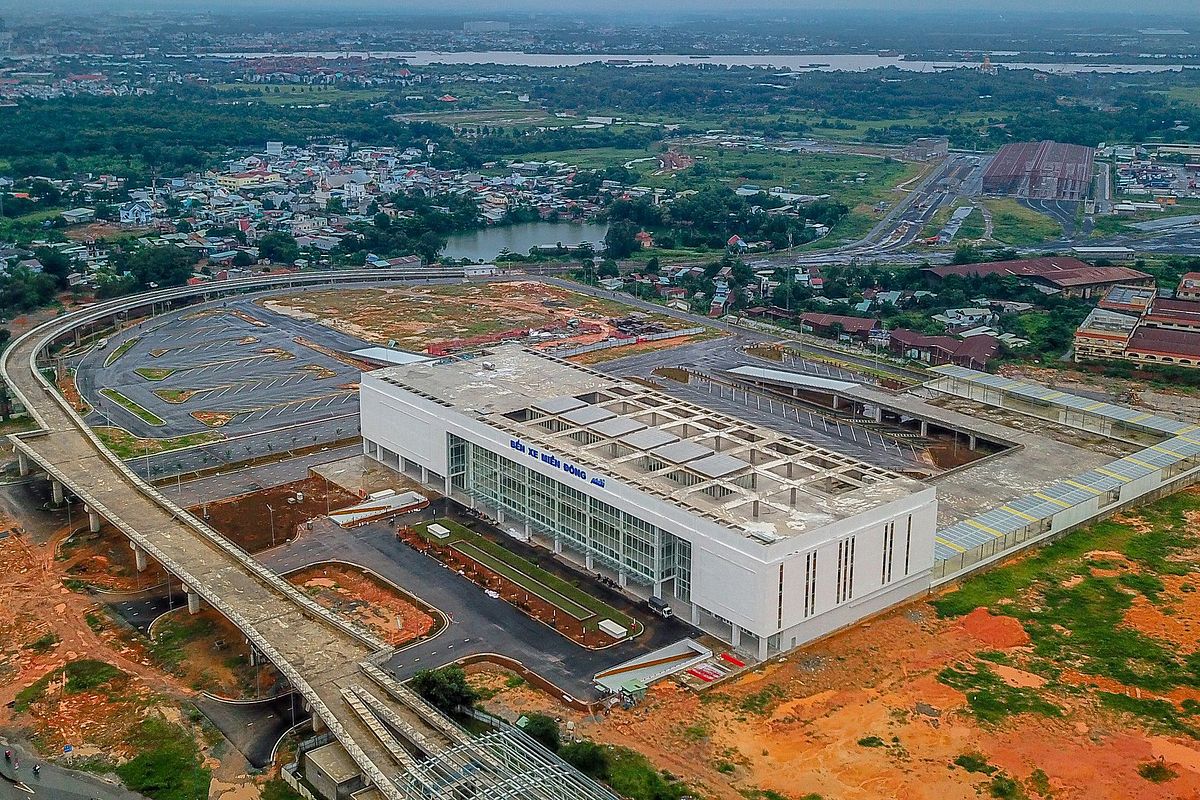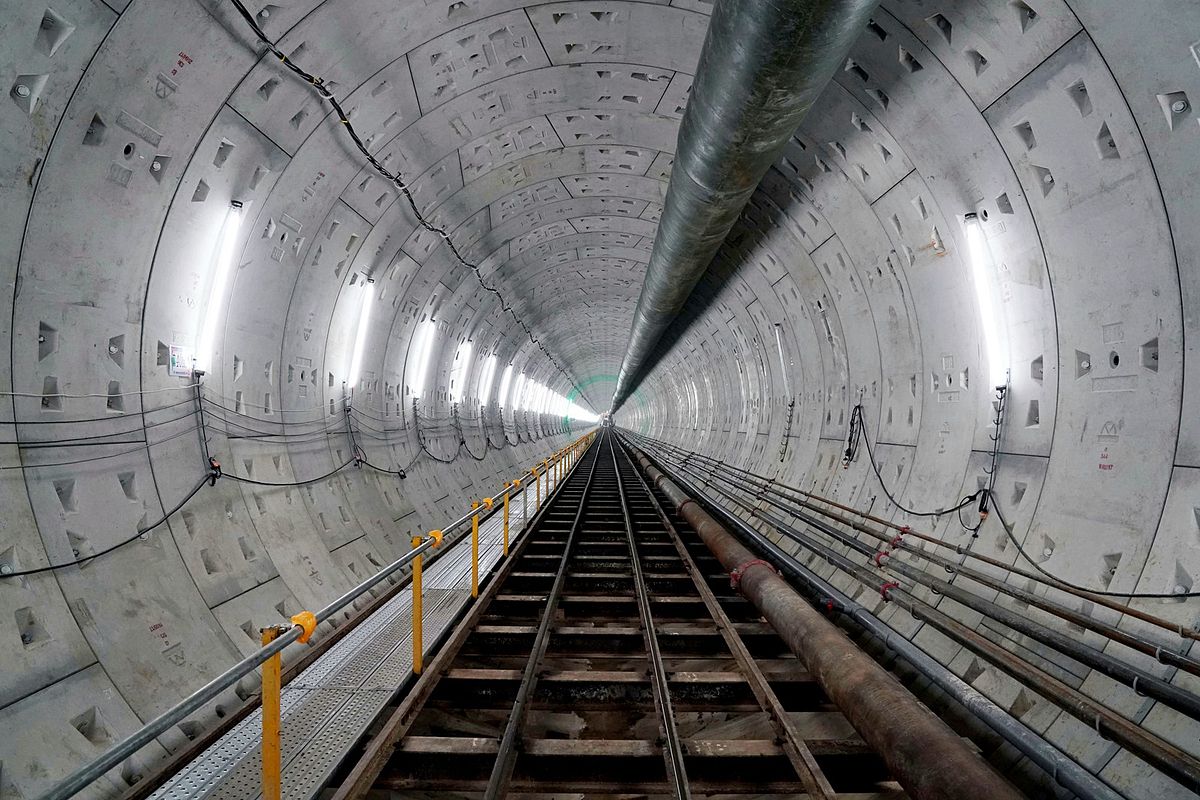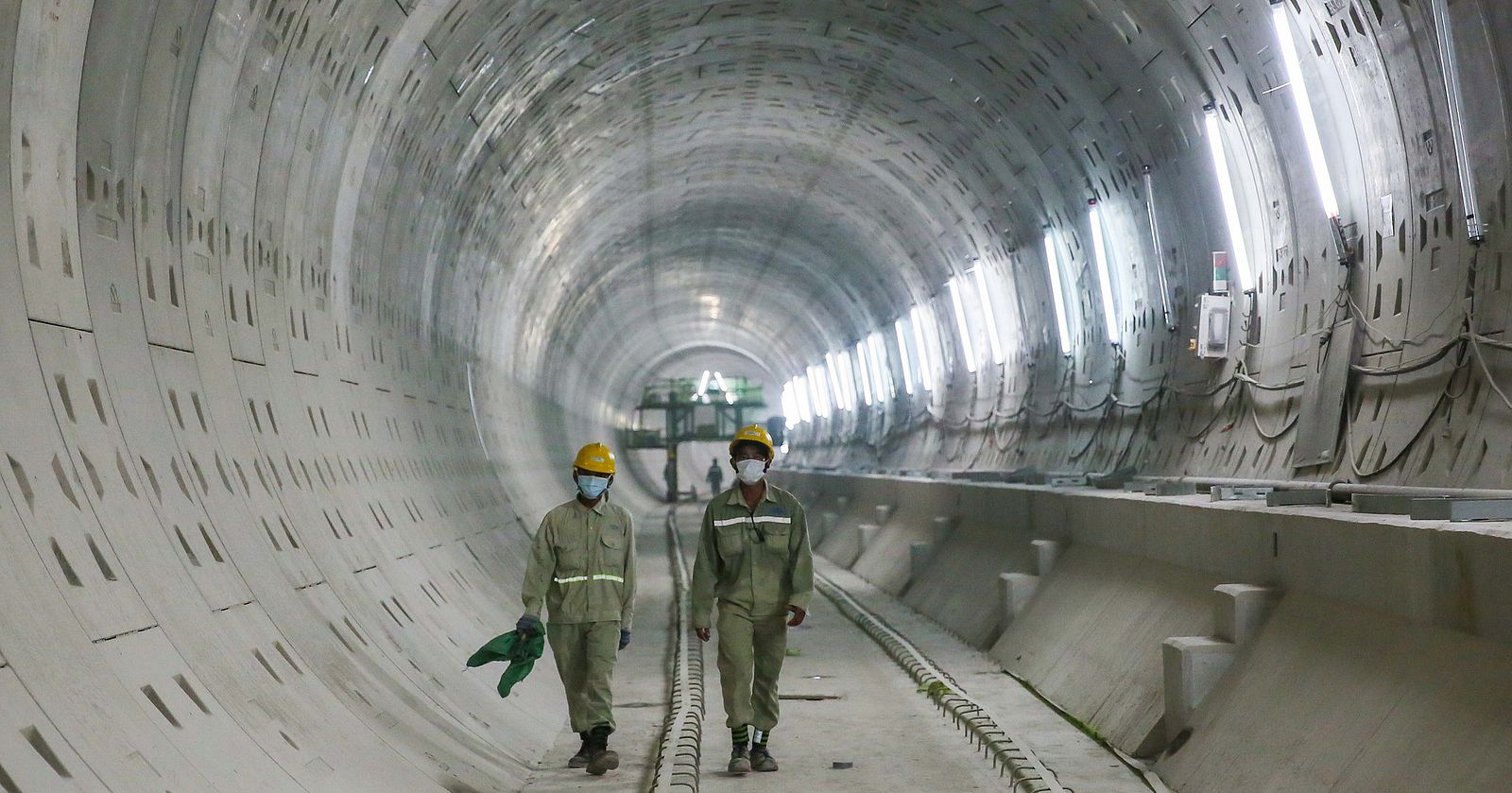After a few months under renovation, District 1’s Bạch Đằng Wharf was unveiled as a brand-new park just before Tết last month.
The new public space streamlined existing paths and removed old structures to create an open promenade for Saigoneers to enjoy during special occasions like the new year and football tournaments. Bạch Đằng Park was generally well-received during the Tết break as families and friend groups ambled about, took selfies, and held impromptu picnics.
Still, some have decried the lack of basic amenities in the park, such as toilets, trees and garbage bins, whose absence makes it no better than a glorified patch of pavement. Many residents have resorted to parking their vehicles right along the sidewalk, obstructing traffic and posing danger to motorists on Tôn Đức Thắng Street.
In a meeting held yesterday, the municipal Department of Construction acknowledged Bạch Đằng Park’s shortcomings and confirmed that the city would “plant more trees, add public restrooms and parking space for people to easily access the park.” No specific timeline, however, was provided regarding when these amenities will be provided.
Another issue that has sprung up since the park was opened was the invasion of mobile snack vendors who migrated here from the nearby Nguyễn Huệ Walking Plaza, leaving behind trash and, at times, nasty altercations in their fight for business territory.
Colonel Nguyễn Sỹ Quang, deputy director of the HCMC Department of Public Security, said at the meeting that urban order management officers and police officers of District 1 will increase their presence at the park to ward off illegal vendors.
Saigon officials greenlit the two-phase project to make over the Bạch Đằng promenade in April last year. The first phase was finished and unveiled on January 26. The second will cover the remaining land from the existing path up to the Ba Son Complex.
When finished, the park will feature three main areas for three purposes: historical reflection (around 4,000 square meters), tourism development (around 5,510 square meters), and a public park (around 2,750 square meters).
[Photo by Vĩnh Hàn via Vietnam Tourism]














